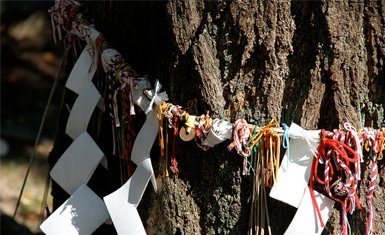Himeji, a thriving industrial port of 470,000, located on the scenic Inland Sea about 40 kilometers west of Kobe, has a world treasure at its center. With its tiled donjon and towers, its gates, earthen walls, massive stone foundations and ramparts, moat, and grounds, Himeji Castle is a magnificent example of Japanese castle architecture. And Himeji Castle is, simply, the heart and soul of Himeji.
Japan’s First World Heritage Site
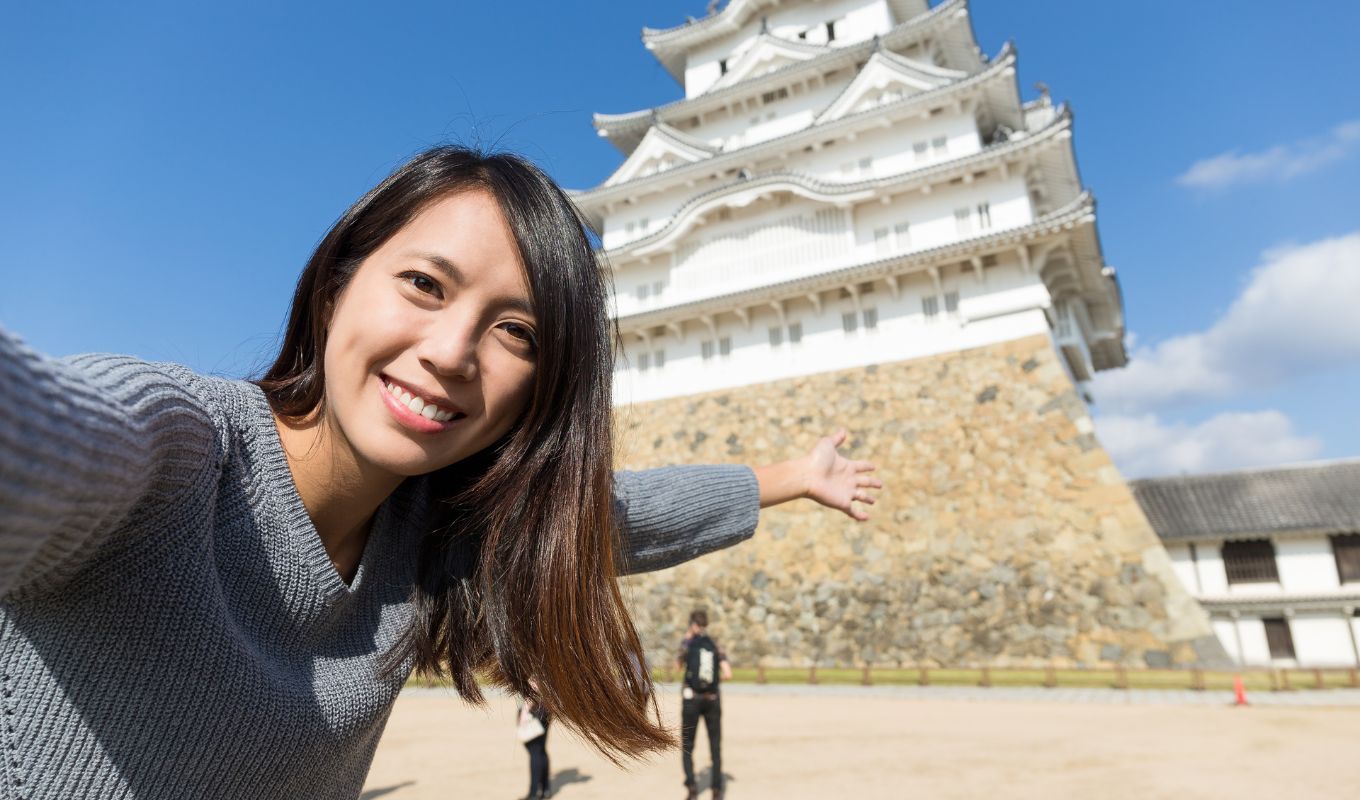
Himeji Castle is Japan’s first registered Cultural World Heritage Site. It is said to be a masterpiece of Japan’s unique castle architecture technology that reached its peak in 1600.
In 1931, Himeji Castle was designated a National Treasure, one of only four castles in Japan so honored. In 1993, it was one of the first structures in Japan to be put on the list of UNESCO World Cultural and Heritage Sites.
Its bright white appearance resembles a heron about to take flight, which is why it is also known as Hakuro-jo (The castle of the white heron).
The keep (Tenshu) was a symbol of the authority and power of the feudal lord. At the same time, the castles built in the Warring States era were a display of the military wisdom and technology of the time. The elegant appearance of Himeji Castle makes the robustness of its structure and the efficiency of its defensive and offensive systems almost inconceivable. During a visit to Hemiji-jo, you can really enjoy the grandeur of its scale and the power that reaches down to its smallest details.
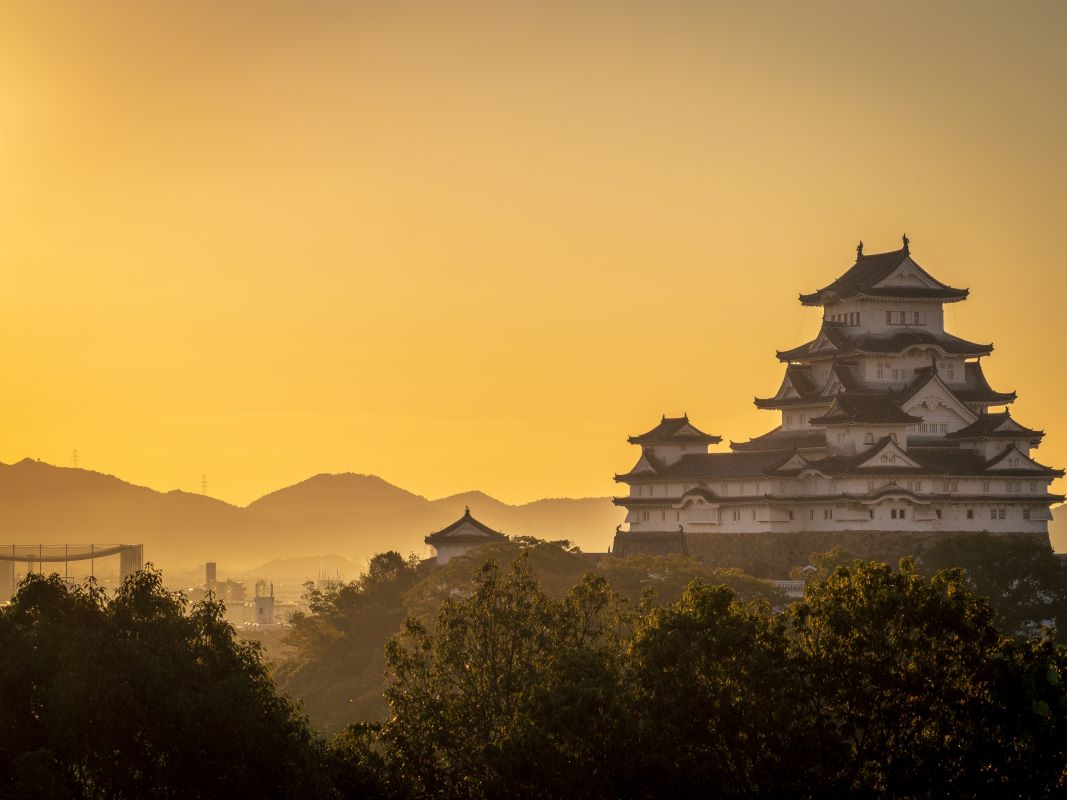
During WWII, the city of Himeji was bombed twice by the US military and burned to the ground. Although the Americans bombed the castle, it was fortunate that the bombs did not explode and it escaped the fire. The day after the bombardment, people shed tears when they saw the Castle rise intact over the burned fields.
The roofs of Himeji Castle are made up of an alternative combination of flat and round tiles. This style of roofing is called “Hongawa buki”. Stucco has been placed in the joints between tile and tile. There are tiles that are marked with blazons. These are the family emblems of the lords that have existed throughout the castle’s history. In Himeji, we can find 6 types of blazons.
The windows of the Tenshu tower are equipped with thick lattices to prevent the entry of enemies and to defend against their projectiles. In the small Kotenshu tower, there are lobed windows (Katomado) lacquered in black and adorned with golden leaves. This architectural element was used in the style of the temples of Zen Buddhism and was a symbol of the nobility of the building.
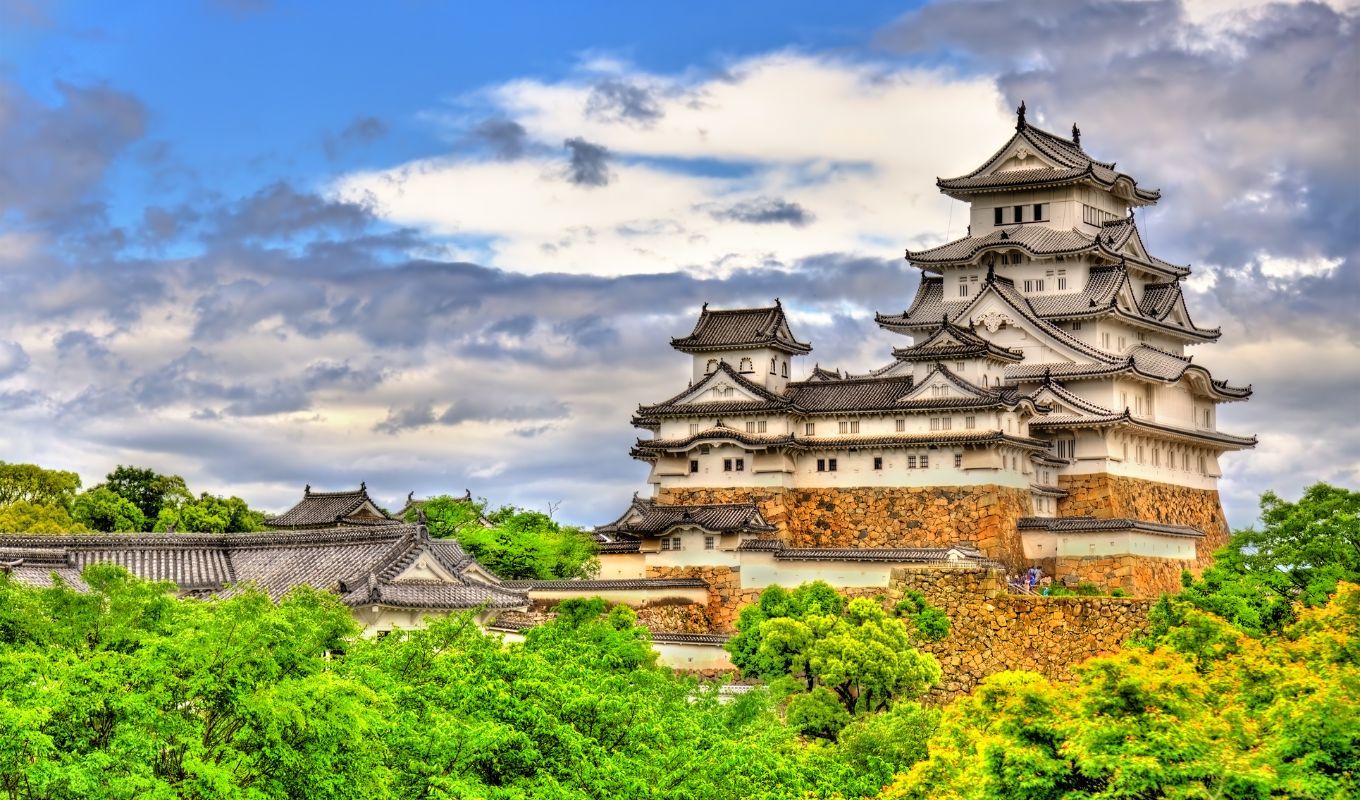
Himeji Castle is the tallest wooden building in all of Japan and has a beautiful appearance that makes it unique around the world. Although from the outside the Daitenshu appears to be a 5-story building, it actually has 7 floors in total: six above ground and a basement.
Because the layout of the castle’s white-plastered donjon and towers suggests the lyrical image of a white heron about to take flight, it is often called the White Heron Castle. Like all Japanese castles, it is built of wood, some 360 tons in all, and the white plaster that covers its walls serve as fire and water protection. Amazingly, it has known neither fire nor battle in its centuries of existence.
In 1601, Ikeda Terumasa, son-in-law of Tokugawa Ieyasu, then ruler of Japan, built the castle as a five-storied donjon. It took nine years and 25 million man-days to finish the castle.
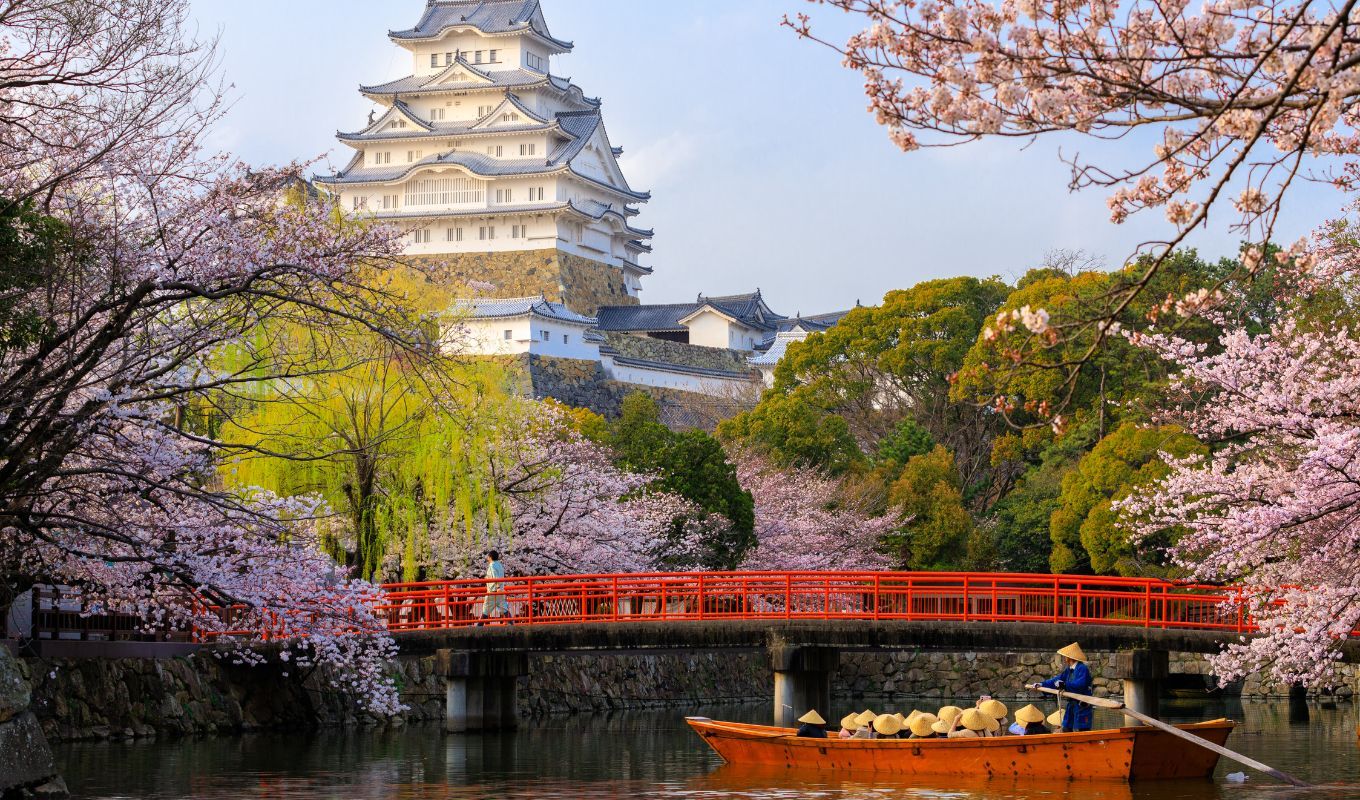
Its ingenious, labyrinthine gates and spiraling baileys were designed to confuse enemy soldiers. Enter the main gate and you seem to be going away from the castle. The closer you get to the main donjon, the farther away it appears to be. Even the donjon, with its lovely semi-gabled tiled roofs, was built to deceive. From the outside, it appears to have five stories but in reality, it has six plus a cellar.
Located on Himeyama, about a 10-minute walk north of Himeji Station, the castle is beautiful from all angles, in all seasons and now it is illuminated at night. English-speaking visitors can learn more about castle history and construction and the people who have lived there through the free guide service run by a group of volunteers dedicated to spreading appreciation of Himeji Castle.
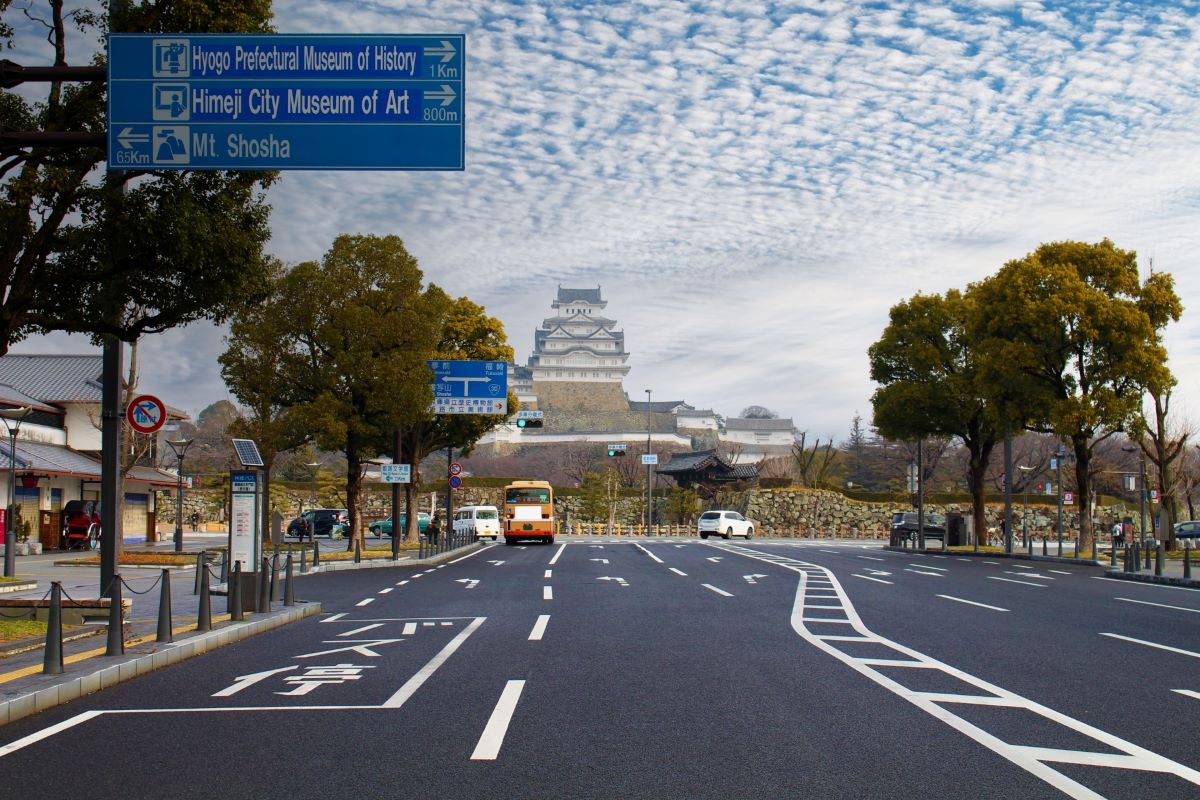
For all those interested in traditional architecture and Japanese history, Himeji Castle is definitely a must-see during the trip.
(Open daily 9:00 to 4:00; closed December 29 to 31. Tel: 0792-85-1146)

